
01773 765858
Home > Diamond Education
Diamond Education
The cost of a Diamond is broadly speaking determined by four factors. These are known as the 4 C's — cut, carat, colour and clarity. But there are other considerations too when buying a diamond and we have put together this information section to help you understand the terminology and other considerations you need to make when choosing the diamond that is just right for you.
Your personal preferences and budget will determine what diamond you buy. Our website makes this easy for you by allowing you to adjust the colours, clarity, cut and carat (size) until you find a diamond that is perfect for you. By adjusting the variables by using the drop downs by each item on our website you can decide exactly what you would like easily and quickly and then this item is made to order for you. A major factor of ours when we built this website was to keep the buying of a piece of diamond Jewellery easy and straightforward. We hope that we have achieved this and that you will find our website informative and easy to use.
Diamond certificates are normally supplied with single diamonds that are H Colour or better and 0.30 carats and over. The grading certificate is your guarantee that your diamond has been independently graded for Carat Weight, Colour, Clarity and Cut by one of the main independent diamond grading laboratories. Gemsmiths normally only supplies diamonds that have been pre-graded by the GIA, HRD or IGI.
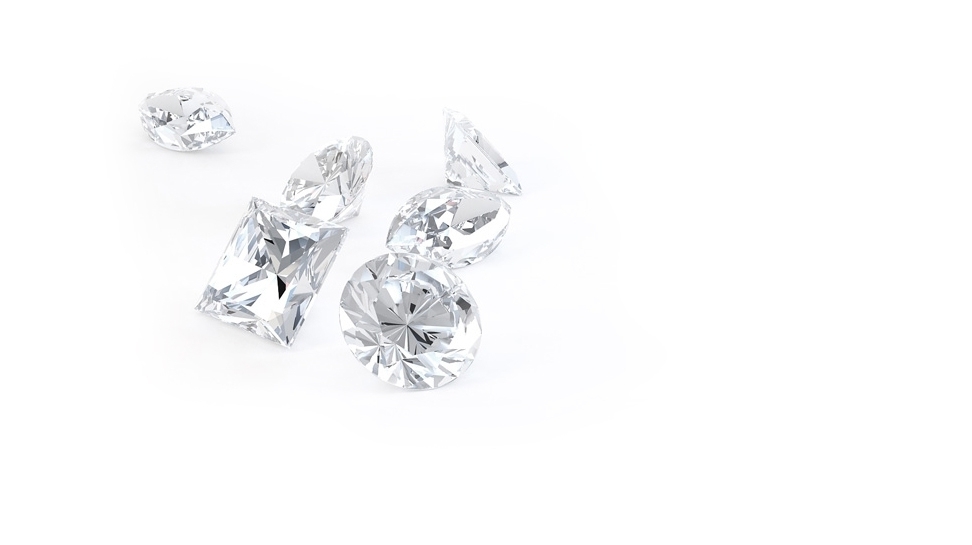
Carat
Carat weight is the universal agreed measure of a diamond's weight. The larger the diamond, the more rare it is. A carat (equivalent to 200 milligrams) consists of 100 points. Therefore, a diamond of 75 points weighs 0.75 carats, a diamond of 50 points weighs 0.50 carats, a diamond of 25 points weighs 0.25 carats, etc
So that's the first aspect dealt with........size.
One should remember that two diamonds of the same carat weight could have dramatically different values depending upon the stone's cut, clarity and colour though - and below we will explore these other important aspects further.
Clarity
Almost all diamonds contain natural characteristics generally referred to as "inclusions." The size, number, position, type and colour of these inclusions (using 10 x magnification) will be what determines a stone's clarity. The smaller and less frequent and less obvious the inclusions and blemishes the more valuable and rare the diamond. The lowest clarity that we offer for sale is Si2 as below this we believe that the amount of inclusions in the diamond is so high as to detrimentally affect the diamond in a way that our final product would not be as beautiful as we would wish it to be for you.
A question we are often asked at diamondsplease is what clarity of diamonds do we actually buy for our own partners. The answer is that we buy Si1/Si2 clarity Diamonds. If graded responsibly, which we pride ourselves on here at diamondsplease then the marks in diamonds of this clarity are incredibly hard to spot and so this means that we can spend a bit more money on buying a slightly larger diamond for our partners..............
Colour
Diamonds have a wide spectrum of colour - in general the more colourless a diamond the greater its value. Diamonds that are graded D, E, and F colour are considered colourless by most Diamond Grading Laboratories - in other words they are the whitest and so the best colour. Diamonds graded G, H, I and J are considered near-colourless. All of these diamond colours are however truly beautiful. We do not offer diamonds for sale on our Website below a J colour however. A Diamond Grading Laboratory has a set of Master Stones and a colour for a diamond is arrived at by an expert Diamond Grader comparing the subject stone with the Master Stones to determine the colour. The lowest colour we offer for sale is a J colour as below this we believe that the colour is compromised to the extent that the brilliance and lustre is diminished to a point where our final product would not be as beautiful as we wish it to be for you.
Cut
How a diamond is cut is an extremely important factor. Some say it is the most important of the 4 C's. The way a diamond is cut determines the diamond's ability to reflect light and therefore it's brilliance and this has a direct impact on its value. The better the cut the brighter the diamond appears.
When a diamond is well cut the light enters through the table (top) travels to the pavilion and then reflects from side-to-side. When it streams out this creates its wonderful fiery brilliance that sets a diamond apart from all other gemstones. Poorly cut diamonds do not reflect and rebound the light so well and so lose some of their fire and brilliance. The lowest category of cut that we offer for sale is Good as below this grade we believe that the brilliance and lustre is diminished to a point where our final product would not be as beautiful as we wish it to be for you.
Worth noting!
Where an item contains several diamonds, and whether you purchase from diamonds please or from somewhere else, it is not normal practice within the Jewellery Industry to supply Diamond Certificates for items of jewellery with multiple diamonds in them. On our Website this relates to those jewellery items where the drop down boxes show G/H and SI as the diamond colours and clarities that we have used to make the item and as you navigate around our Website you will see these jewellery items. Where an item uses multiple diamonds we use the quality of G/H colour and SI clarity as a minimum. Often the diamonds we use will be of a superior quality to this - however, this is our guaranteed minimum quality.
So, how do we arrive at this G/H SI as being our minimum? Straightforward - this is the diamond quality that we recommend to our friends and Family, and have done so for the past 25 years or so. It is this colour and clarity that we would be happy to buy for our partners. The reason for this is simply that it allows for a perfect combination of all factors to be taken into account to get the maximum WOW factor for your budget. It allows for a good colour diamond with a good clarity and also importantly a good sized diamond!
Our ethos is simple - if we are happy to recommend it to our friends and our Family then we are happy to recommend it to you, our Customers.
How to look after your diamond Jewellery
Many people think diamonds are indestructible and whilst they are exceptionally hard they do require some looking after. If you wear your diamond Jewellery every day then we would recommend every couple of weeks or so giving your Jewellery a wash in warm soapy water and perhaps a very gentle agitate with a very soft brush. It is not necessary to use other harsher chemicals on diamond Jewellery. We would recommend that once a year you have your Jewellery inspected for damage and also professionally cleaned and this is a service that we offer for a small charge. Just phone us for details.
Diamond Certificates.
A Diamond Certificate done by an Internationally recognised Laboratory accompanies almost all of our diamond jewellery. This documents the characteristics of a diamond, in particular the 4C's. Keep this Certificate safely somewhere with your Insurance Valuation and should you ever have cause to replace your diamond Jewellery because it is lost or stolen then this will help you with that process.
The chart below will give you a basic insight into the general characteristics of diamonds and is useful as a summary of the above.
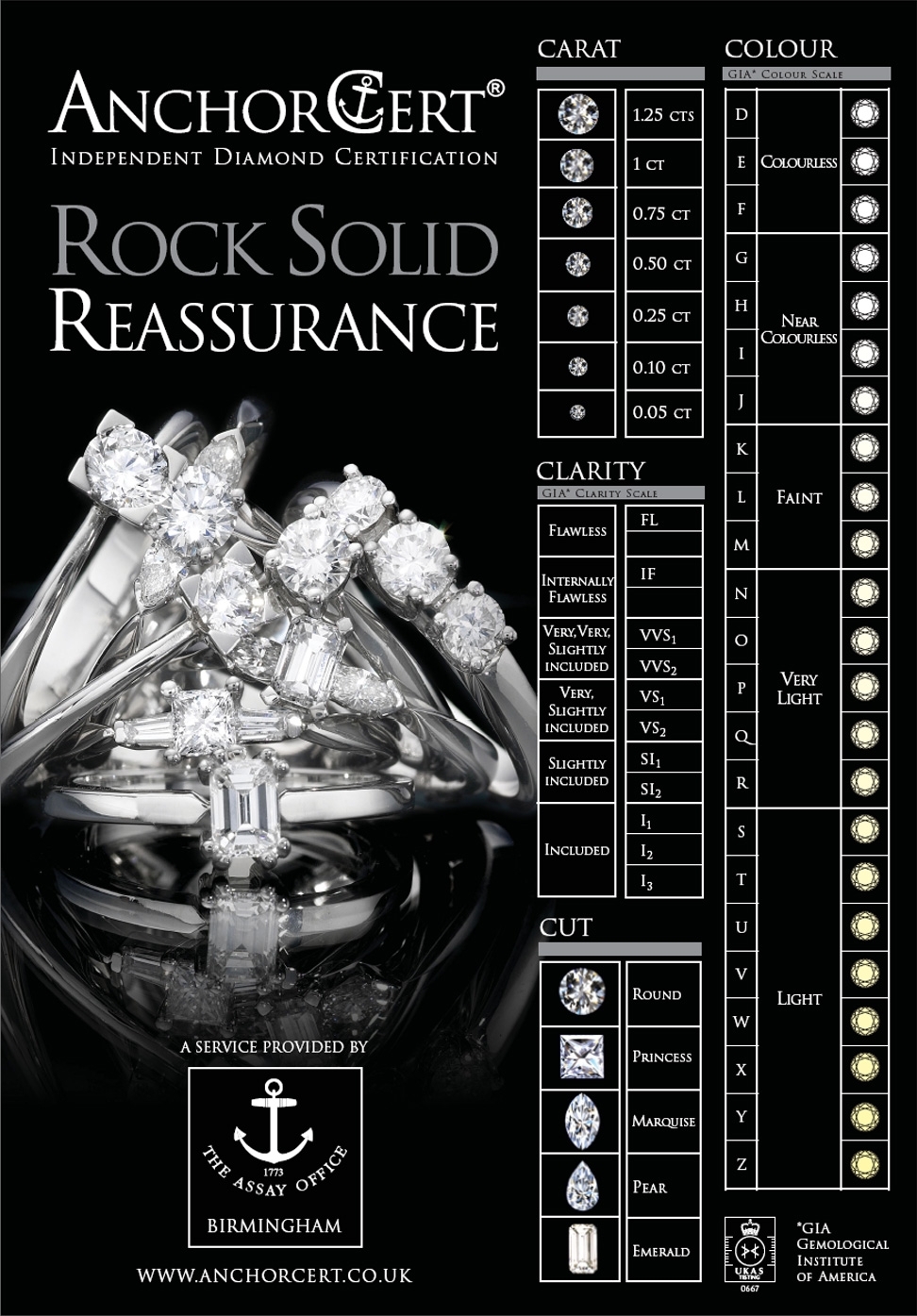


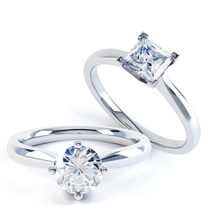
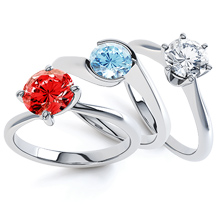
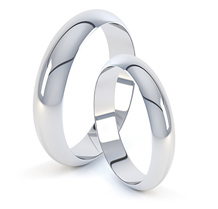
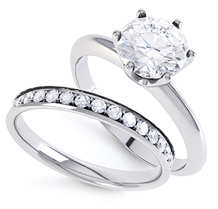
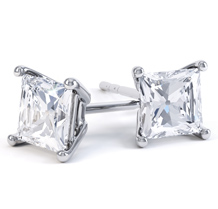
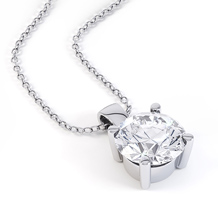




 Facebook
Facebook Twitter
Twitter Instagram
Instagram